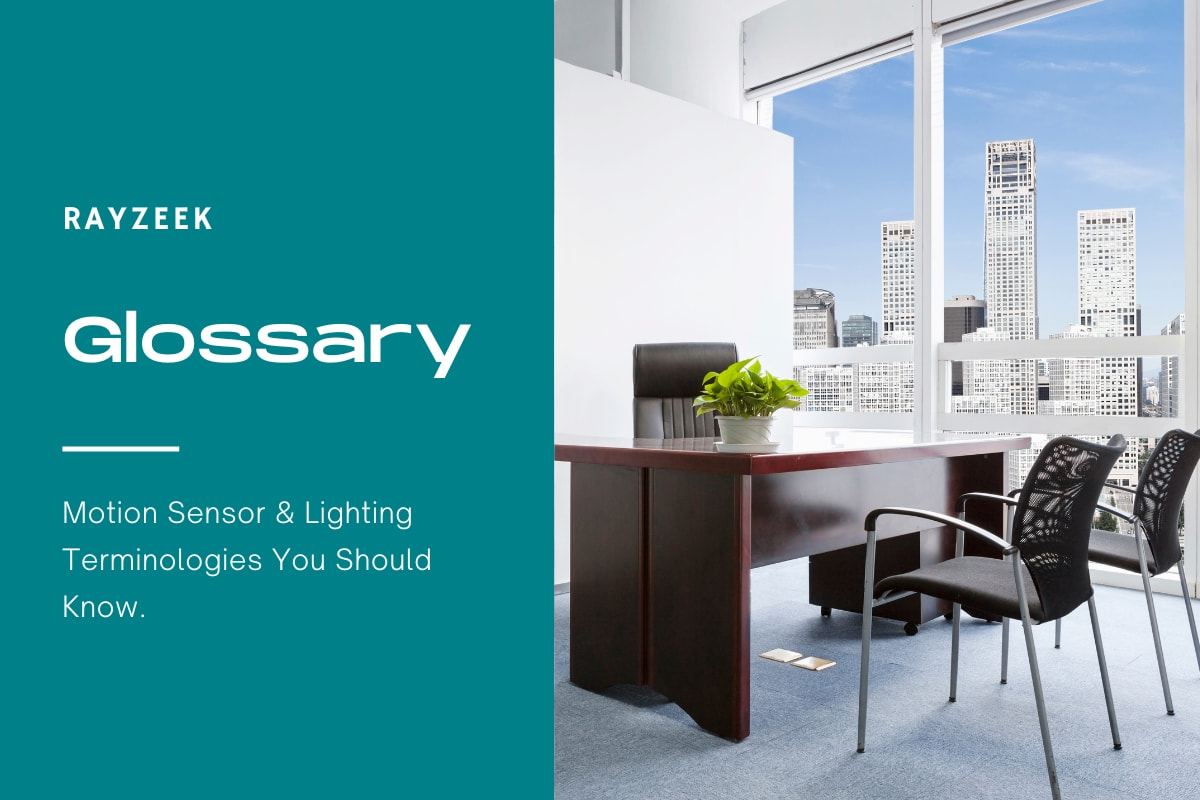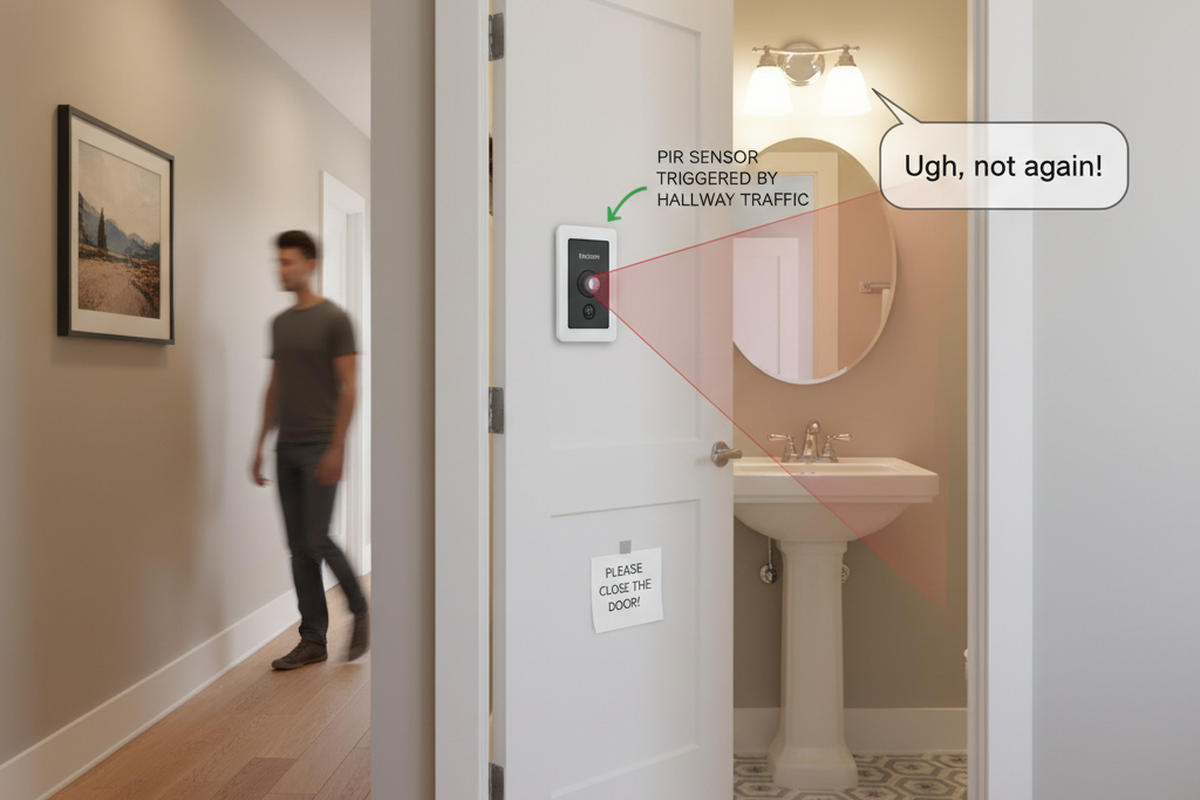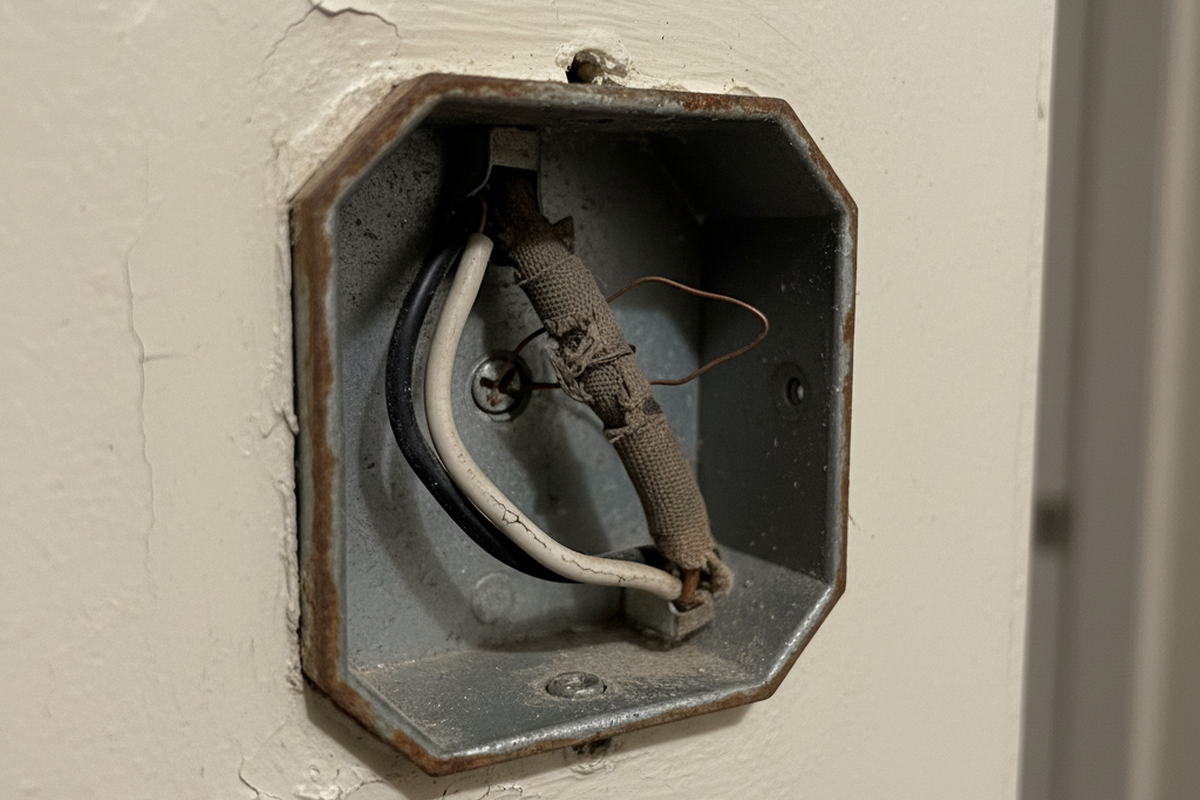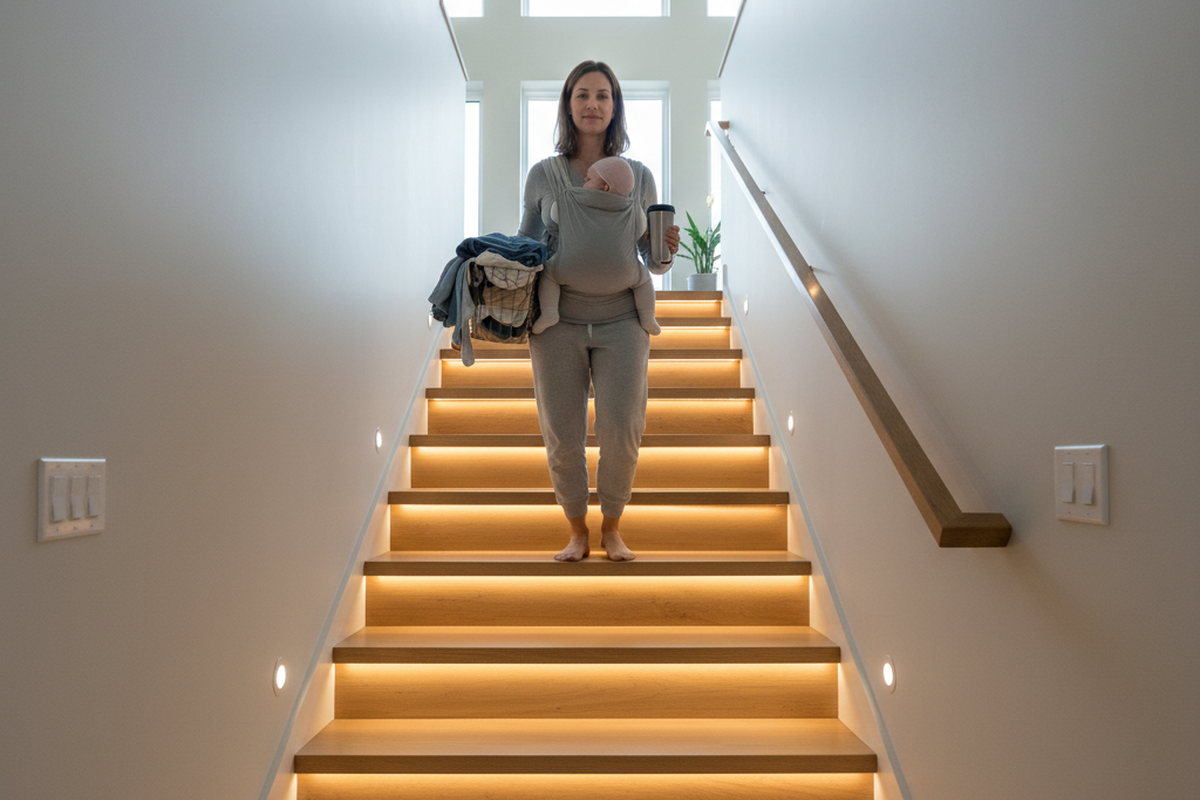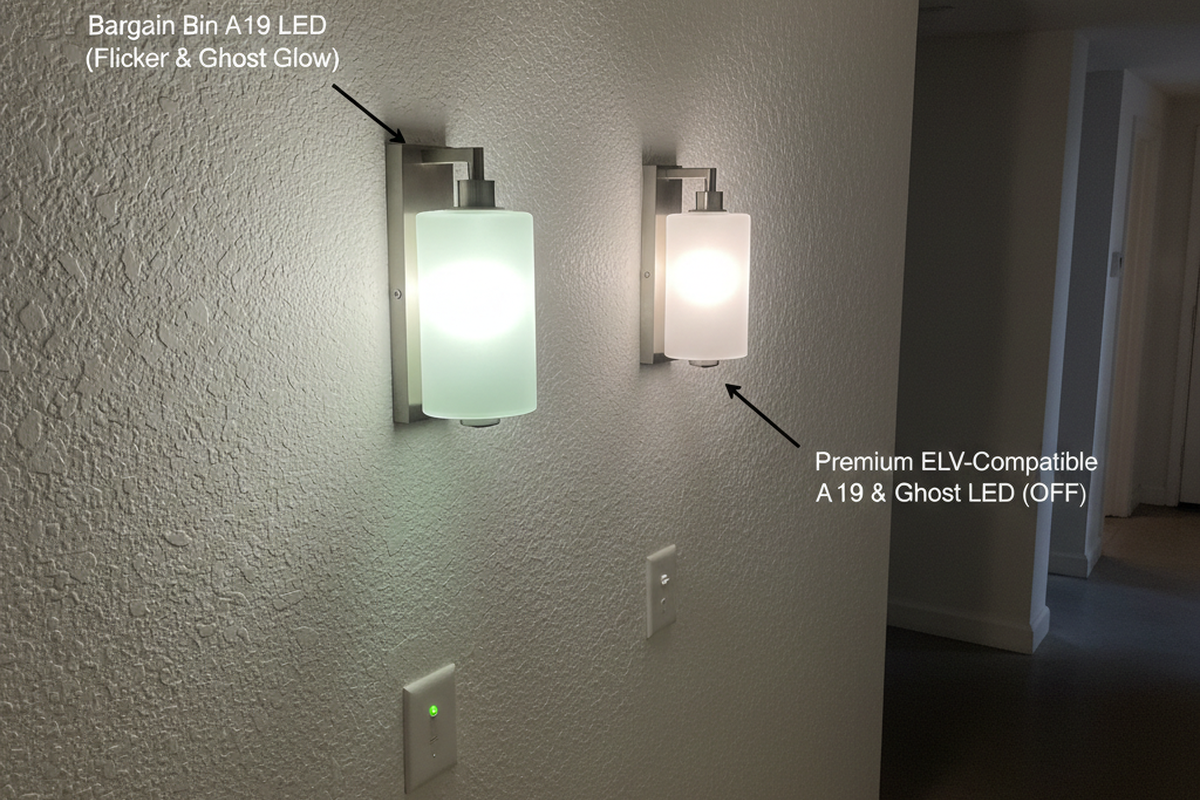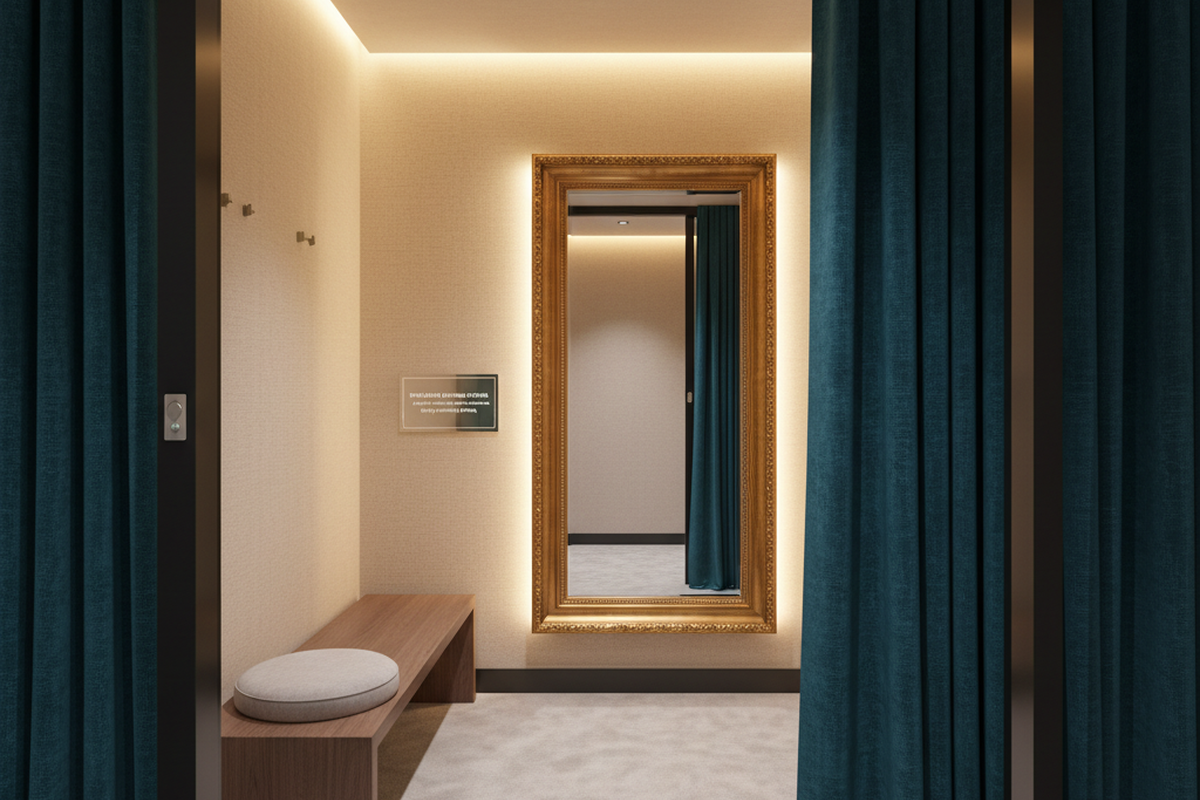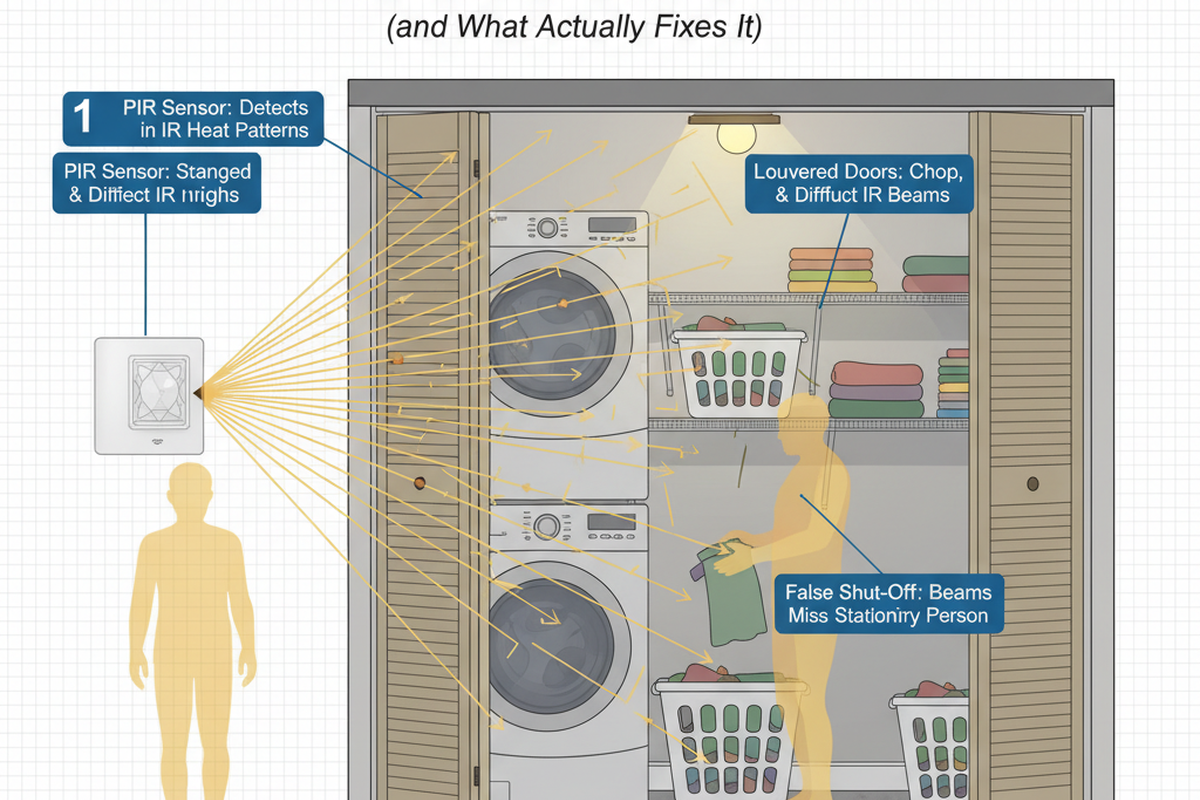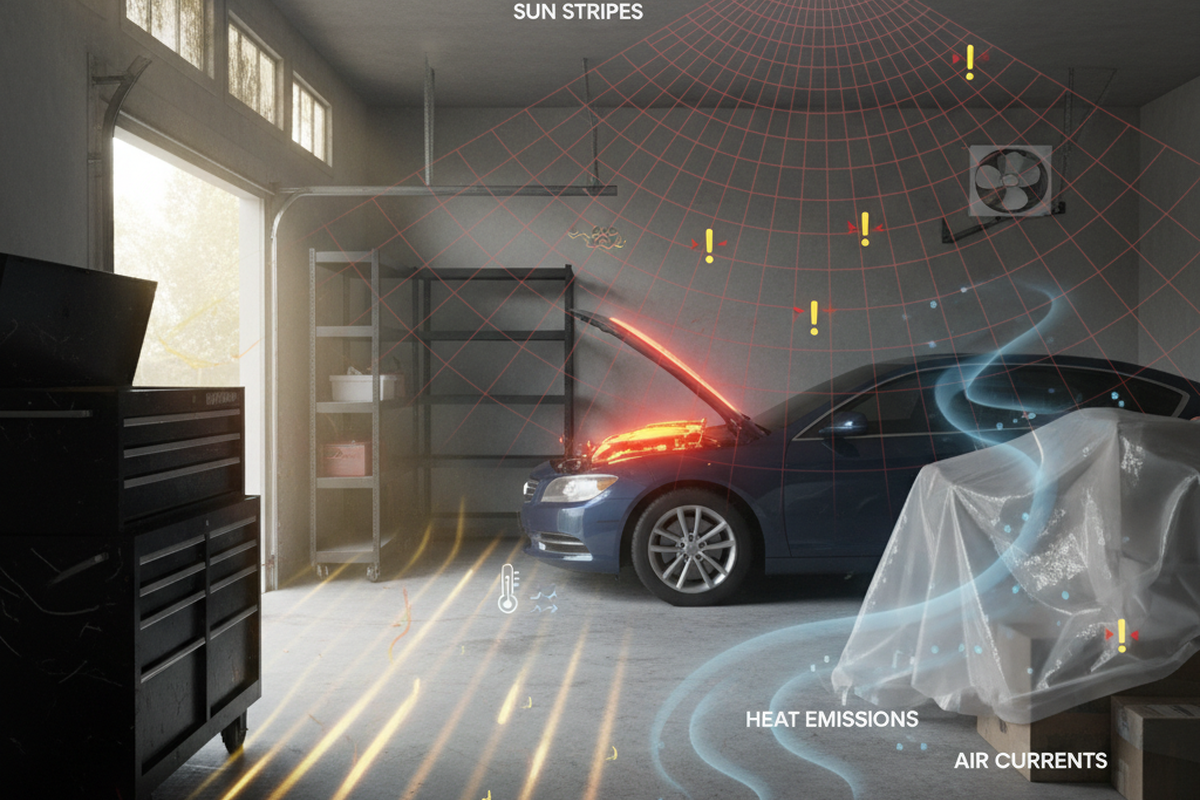What is Illumination
Illumination refers to the amount of light that falls on a surface per unit area. It is a measure of the brightness or intensity of the light that illuminates a given space. Illumination is commonly seen in various applications, such as lighting in rooms or task lighting on desks. Illumination is calculated by dividing the luminous flux (the total amount of light emitted by a source) by the area over which the light is spread. It is denoted by the letter ‘E’ and is typically measured in units of lux (lx), lumen per square meter (lm/m²), meter candela (mcd), or foot candela (fcd).
The concept of illumination is influenced by various factors, including the type and intensity of the light source, the distance between the source and the surface, the reflectance properties of the surfaces, and any obstructions or shadows that may affect the distribution of light.
Looking For Motion-Activated Energy-Saving Solutions?
Contact us for complete PIR motion sensors, motion-activated energy-saving products, motion sensor switches, and Occupancy/Vacancy commercial solutions.
In lighting design. Different spaces and activities require different levels of illumination. For example, a workspace may require higher illumination levels to ensure visibility and productivity, while a residential living room may benefit from a softer and more ambient lighting scheme. To achieve the desired illumination levels, lighting designers and engineers employ various techniques and tools. These may include the selection of appropriate light fixtures, the positioning and aiming of the fixtures, the use of reflectors or diffusers to control the light distribution, and the consideration of lighting controls such as dimmers or sensors.
Maybe You Are Interested In
Frequently Asked Questions
What Is a Good Illumination
A good illumination scheme refers to the lighting setup that does not cause any strain on the eyes of the person using it. It is important to strike a balance between dim and bright lighting, as excessive dimness can hinder proper observation of objects, while excessive brightness can lead to watery eyes and forced opening.
What Is Difference Between Light and Illumination
Illuminance refers to the transmission of natural light, such as through windows or lighting plates. On the other hand, lighting involves the distribution of artificial light, which can come from sources like lamps, floor lamps, or neon lights.

